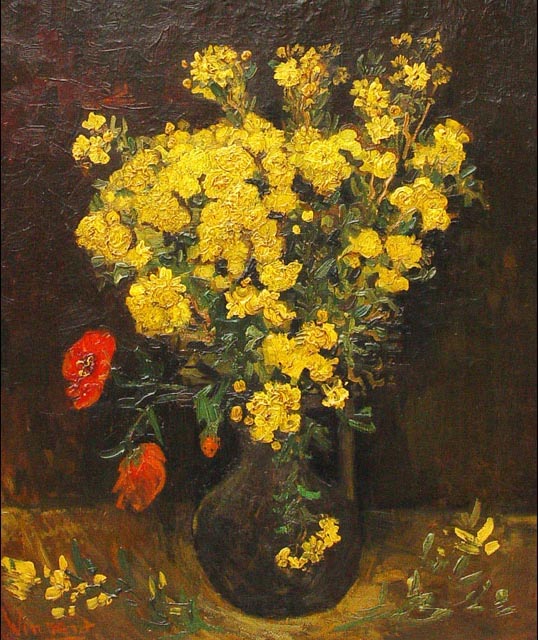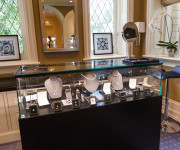“Poppy Flowers,” dating back to 1886 during Vincent van Gogh’s Parisian period, measures 26 by 21 inches and holds significant historical value. Some experts believe it was the first Van Gogh painting purchased by a collector outside Europe or North America. This collector was Mohamed Mahmoud Khalil Pasha, an Egyptian politician and art enthusiast, who acquired the painting in the 1920s.
Khalil’s impressive collection became the foundation of the Khalil Museum in Giza, which boasts one of the most remarkable collections of European paintings outside the Western world. Besides being a dedicated art collector, Khalil was a notable figure in Egyptian politics, having served in various cabinet roles and twice as the equivalent of prime minister. His passion for art began during his law studies at the Sorbonne in Paris, where he started collecting French paintings. By the time of his death in 1941, Khalil and his wife, Emilienne, were among Egypt’s leading art collectors. Emilienne donated their art nouveau-style mansion in Giza to the Egyptian state upon her death in 1962, leading to the opening of the Khalil Museum. The museum features Barbizon landscapes by Daubigny, Harpignies, and Corot, Impressionist works by Monet, Morisot, and Pissarro, and sculptures by Rodin. It also includes numerous paintings by Egyptian artists, with Van Gogh’s “Poppy Flowers” being its crown jewel.
When displayed at the Khalil Museum, “Poppy Flowers” was given a special place, almost like a revered artefact. However, the museum’s relative obscurity in Cairo led to lax security. On August 22, 2010, just a few hours after opening, museum staff discovered that the Van Gogh had been cut from its frame and replaced with a replica. Egypt’s culture minister at the time, Farouk Hosni, quickly took action to prevent the painting from leaving the country.
An Egyptian news agency soon reported that two Italians had been caught with the painting at Cairo International Airport. These tourists had visited the Khalil Museum that day, and their suspicious behaviour had been noted by museum officials. However, the painting was not found in their possession, forcing Hosni to retract his announcement and instead place the blame on the museum’s director and several staff members for “negligence and failing to carry out their employment duties.” A thorough investigation revealed severe security lapses: only seven of the forty-three security cameras were operational, and none of the fifty-four security alarms were functional.
A month after the theft, the Egyptian interior ministry suggested that a museum employee might have been involved. Despite this lead, no new information emerged, and the painting remained missing. The fallout from the theft led to the Khalil Museum closing its doors for nearly a decade while undergoing renovations and security upgrades. It finally reopened in April 2021, part of the Egyptian government’s broader efforts to revitalize the country’s cultural sector. This initiative also saw the opening of the National Museum of Egyptian Civilization in 2017 and the Grand Egyptian Museum in Giza last year.
Despite these efforts, the Khalil Museum has never been Egypt’s most popular cultural institution. Foreign tourists are typically more interested in the country’s archaeological treasures and ancient history museums. The allure of the pyramids often overshadows the museum’s collection of French Impressionist paintings, which are more easily accessible in Western Europe or North America. After fourteen years, the hope of recovering the stolen Van Gogh grows dimmer.
The “Poppy Flowers” story remains a poignant reminder of the vulnerabilities in art security and the ongoing mystery of one of Van Gogh’s missing masterpieces.







